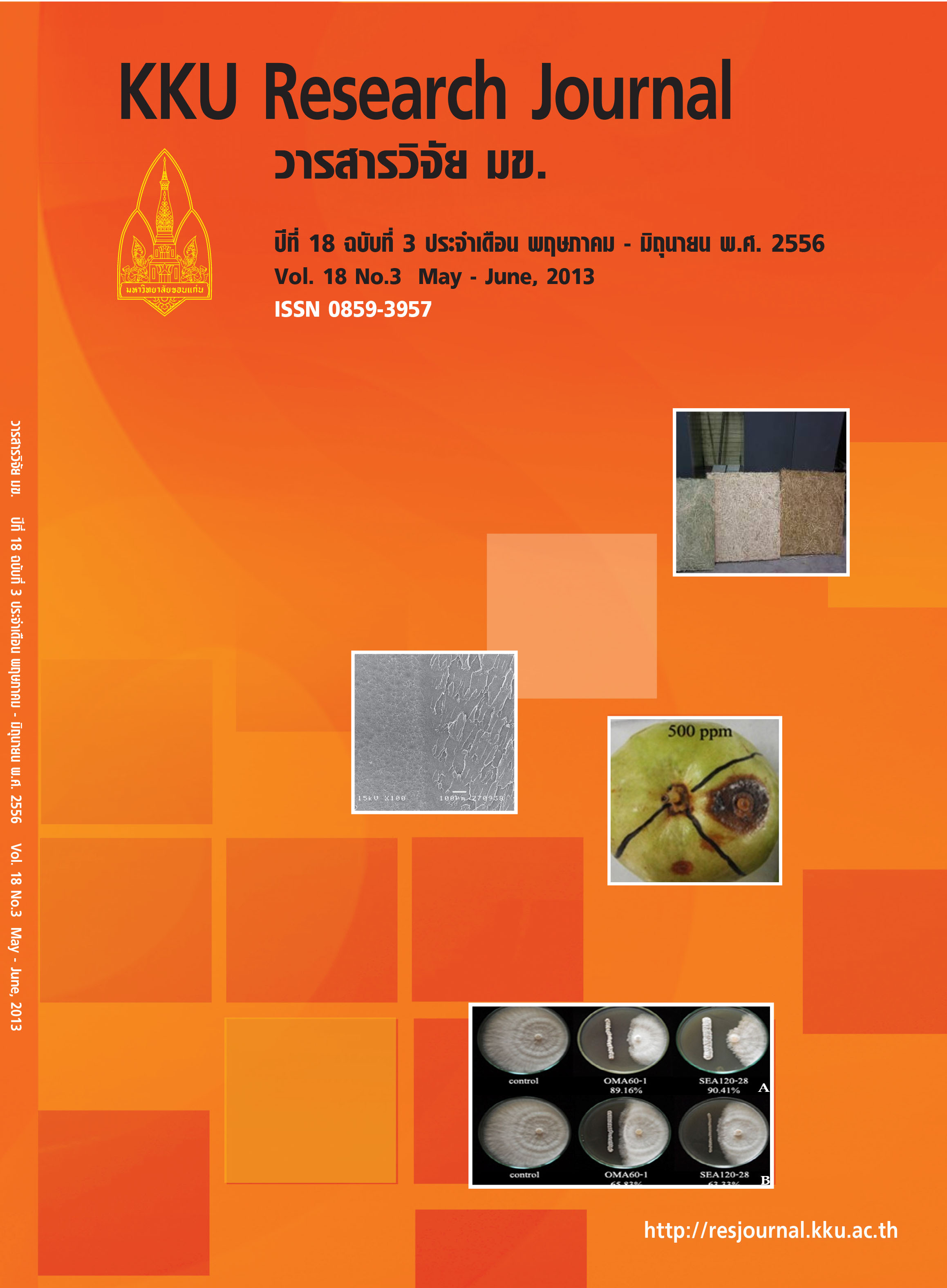A study of crash boxes referred to energy absorption
Main Article Content
Abstract
Nowadays, an automotive industry steadily has been growing and playing a major role on economy development for many years. The crash box is one of the most important parts for safety but it was found that the crash boxes manufactured domestically are not met international standard requirements. This is due to process and material limitation. This process for automotive safety test requires high budget and there is unclear approach for specific test. Regarding to the problems as addressed above, this research was aimed to design and test crash boxes which come in various structures; simple type, corrugated type and honeycomb type of crash box living US NCAP and ECE R 29 standards which is used to test the approach in full scale. In addition, it was also emphasized in energy absorption to become indicator and studying physical deformation of crash boxes after dynamic and static energy being applied. Finite Element, static test and dynamic test methodology of front collision were. Testing all types of crash boxes indicated that the corrugated type was able to absorb energy at 2.8% and 5.9% higher than honeycomb type and rectangular type, respectively. This is capable to pick-up stress and strain continually and effecting to more energy absorb than another type. Additionally, this corrugated structure is currently feasible and suitable for crash box design in automotive manufacturing.
Article Details
How to Cite
Voranavin, V., Suwantaroj, K., Boonyala, P., & Lakkam, S. (2017). A study of crash boxes referred to energy absorption. Asia-Pacific Journal of Science and Technology, 18(3), 435–448. retrieved from https://so01.tci-thaijo.org/index.php/APST/article/view/82866
Section
Research Articles

